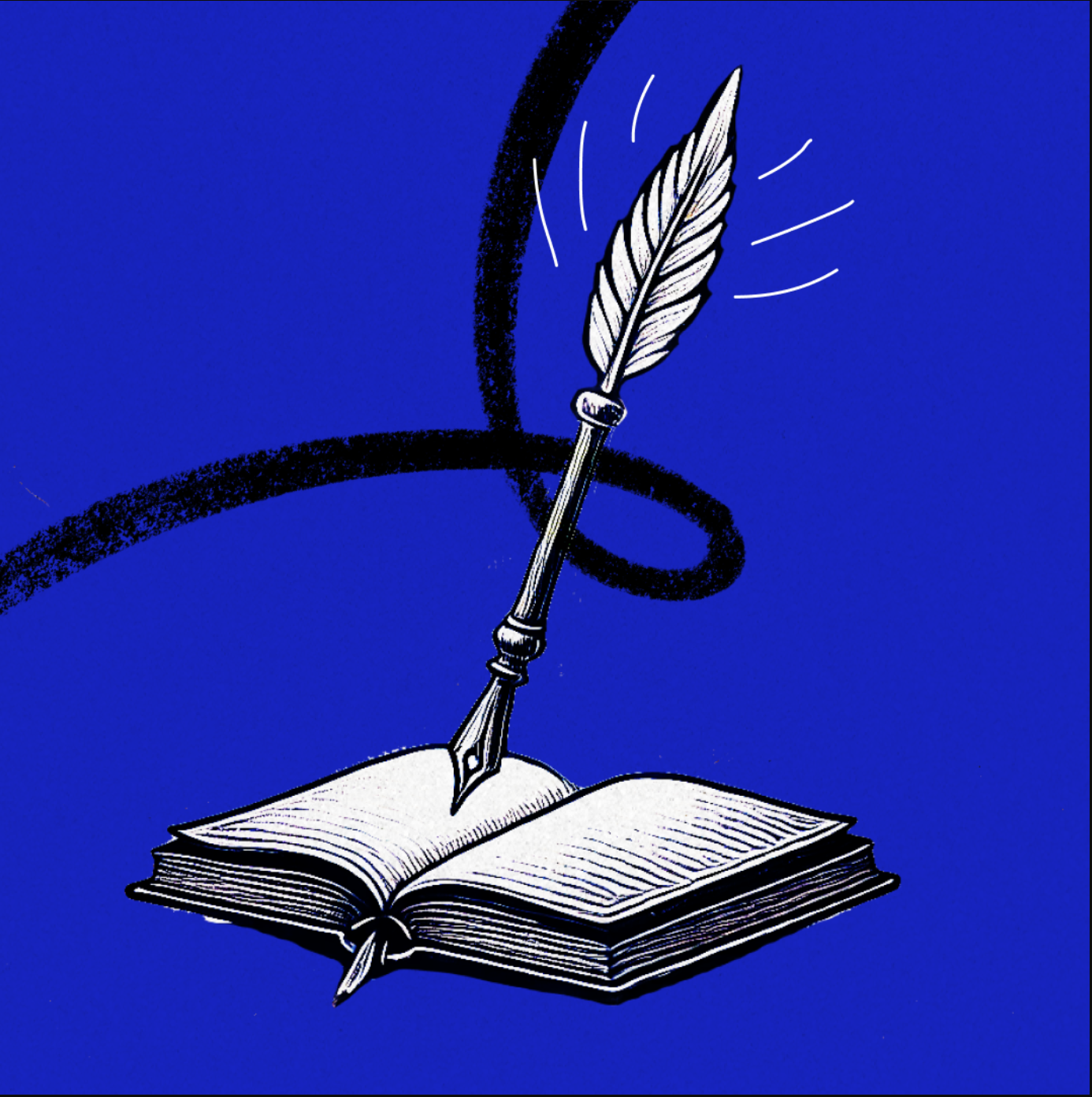
Thank you to everyone who is watching or listening to my podcast, AI & I. If you want to see a collection of all of the prompts and responses in one place, Every contributor Rhea Purohit is breaking them down for you to replicate. Let us know what else you’d like to see in these guides.—Dan Shipper
Was this newsletter forwarded to you? Sign up to get it in your inbox.
Doing creative work isn’t all that it’s cracked up to be.
Don’t get me wrong—there is joy in bringing your ideas into existence. But in between the flashes of inspiration, eureka moments, and bursts of productivity, there’s a fair bit of drudgery.
Take writing, for example.
I love researching and writing longform essays. But there’s nothing I find more arduous than dreaming up a headline.
When I finish a draft I’m proud of—after a quick victory lap around the kitchen table—my heart sinks just a little. The ghosts of titles and subheads past are back to haunt me! Though Every recently launched a tool called Spiral that ameliorates the horrors of headline writing, there are plenty of other tasks that I still have to endure in order to do the creative work I love, such as formatting citations, proofreading for typos, and dealing with backend newsletter software.
In this episode of AI & I, Dan Shipper interviews New York Times bestselling author Seth Stephens-Davidowitz, who wrote a book in 30 days—in large part because he used ChatGPT for all the parts that he didn’t like, the ones that would have inevitably slowed him down.
The book, Who Makes the NBA?, is Stephens-Davidowitz’s third data science book. He challenged himself to write it in less than a month because he realized how much faster he could work in collaboration with the ChatGPT feature Advanced Data Analysis (formerly called Code Interpreter).
In this essay, I’ll pull out the core themes of Dan and Stephens-Davidowitz’s conversation (complete with accompanying screenshots!):
- The practical ways he used ChatGPT to write a book in less than 30 days
- How you can use AI to answer any question that you’re curious about—like which Olympic sport you’re most likely to medal in
What struck me the most about Stephens-Davidowitz is the pure joy he experienced from doing what he loved—thinking of interesting questions to ask a dataset—and the world of possibilities that AI tools opened up for him by taking care of the boring bits and allowing him to focus on that. I think anyone curious about how AI is changing what it means to do creative work will find this essay of interest.
How to use ChatGPT to do creative work faster
Become a paid subscriber to Every to learn about:
- Using AI to outsource the tedious parts of creative work
- How ChatGPT can help brainstorm ideas and refine concepts through iteration
- Leveraging AI for real-time data analysis and visualization
- The potential for AI to answer complex questions by analyzing large datasets
- The importance of human oversight and iterative prompting when working with AI
The Only Subscription
You Need to
Stay at the
Edge of AI
The essential toolkit for those shaping the future
"This might be the best value you
can get from an AI subscription."
- Jay S.
Join 100,000+ leaders, builders, and innovators

Email address
Already have an account? Sign in
What is included in a subscription?
Daily insights from AI pioneers + early access to powerful AI tools







.png)